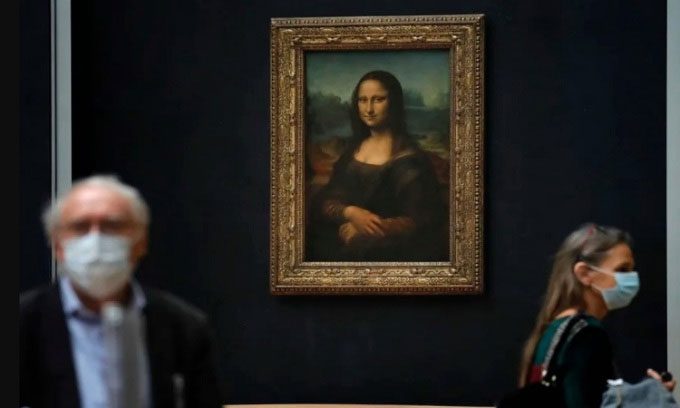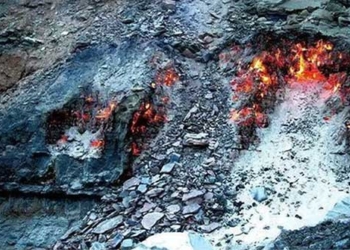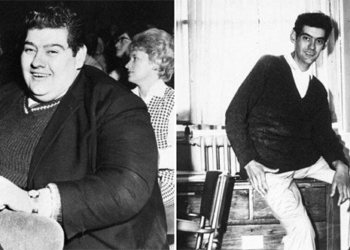For the first time, researchers have confirmed that Leonardo Da Vinci used lead oxide in the paint formula for his famous painting, the Mona Lisa.
Using X-rays to examine the chemical structure of a small paint sample from the Mona Lisa, scientists have made a new discovery about the technique Leonardo da Vinci employed to paint the portrait of the woman with the enigmatic smile, according to Yahoo. The study, published on October 11 in the Journal of the American Chemical Society, indicates that the Italian master may have been experimenting while preparing to paint the Mona Lisa in the early 16th century. The team of scientists and art historians from France and the UK discovered that the oil paint formula used by Leonardo as a primer for preparing the wood panel appears to be different from that used in the Mona Lisa painting.

The Mona Lisa painting displayed at the Louvre Museum. (Photo: Christophe Ena).
“As an experimental enthusiast, each painting by Leonardo is technically unique,” said team leader Victor Gonzalez, a chemist at the leading research agency in France, CNRS. Gonzalez has previously studied the chemical composition of dozens of works painted by Leonardo, Rembrandt, and many other artists. “In this case, it is interesting to see a distinct technique for the primer of the Mona Lisa.”
Specifically, the researchers found a rare compound called plumbonacrite in Leonardo’s first layer of paint. According to Gonzalez, this finding confirms the hypothesis of many previous art historians, that Leonardo certainly used lead oxide powder to thicken and accelerate the drying of the paint when he began working on the Mona Lisa, which is now housed in protective glass at the Louvre Museum in Paris. Carmen Bambach, an expert in Italian painting and a curator at the Metropolitan Museum of Art in New York, remarked that the research results are very intriguing. The discovery of plumbonacrite in the Mona Lisa validates Leonardo’s experimental spirit in his role as a painter.
The paint sample from the Mona Lisa’s primer that the research team analyzed was so small that it was barely visible to the naked eye, no larger than the diameter of a human hair, and was taken from the upper right edge of the painting. Scientists examined the atomic structure using X-rays from a synchrotron, a particle accelerator that approaches the speed of light. This allowed them to explore the chemical composition of the paint sample. Plumbonacrite is a byproduct of lead oxide. Therefore, the research team could confirm that Leonardo used this type of powder in his paint formula.
Following Leonardo, the Dutch master Rembrandt may have also used a similar formula when painting in the 17th century. Gonzalez and other researchers have previously found plumbonacrite in his works. “This tells us that the formula has been passed down through centuries. It is a very good formula,” Gonzalez noted.





















































